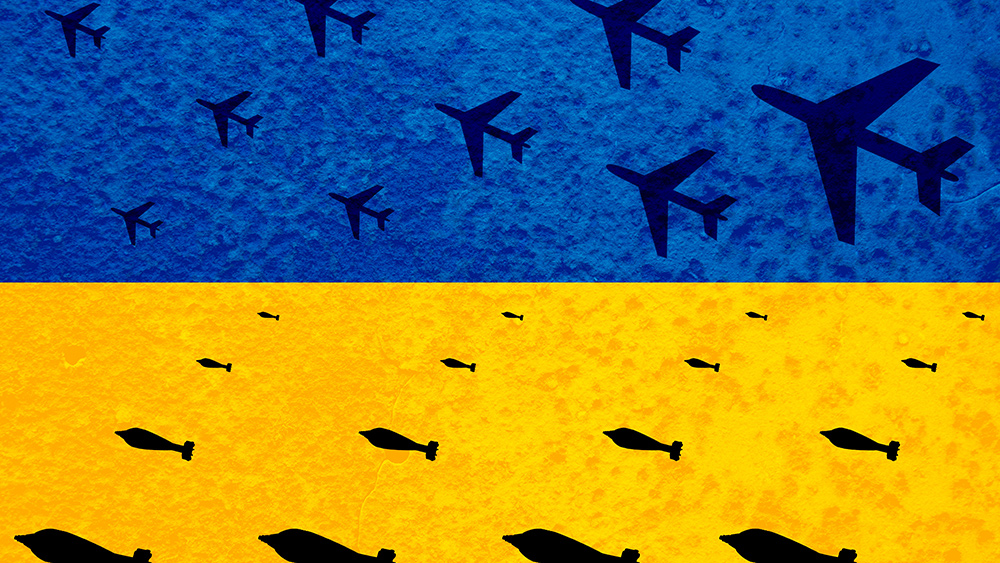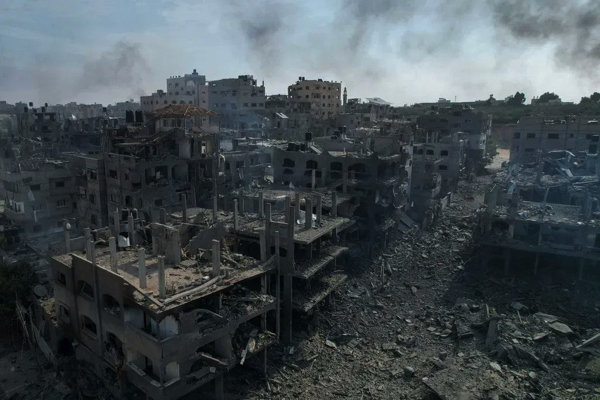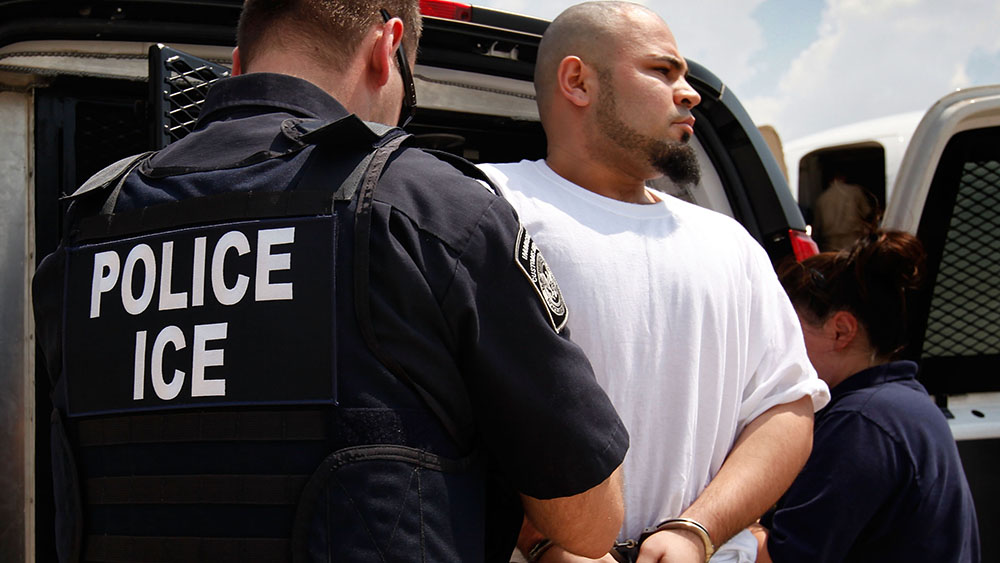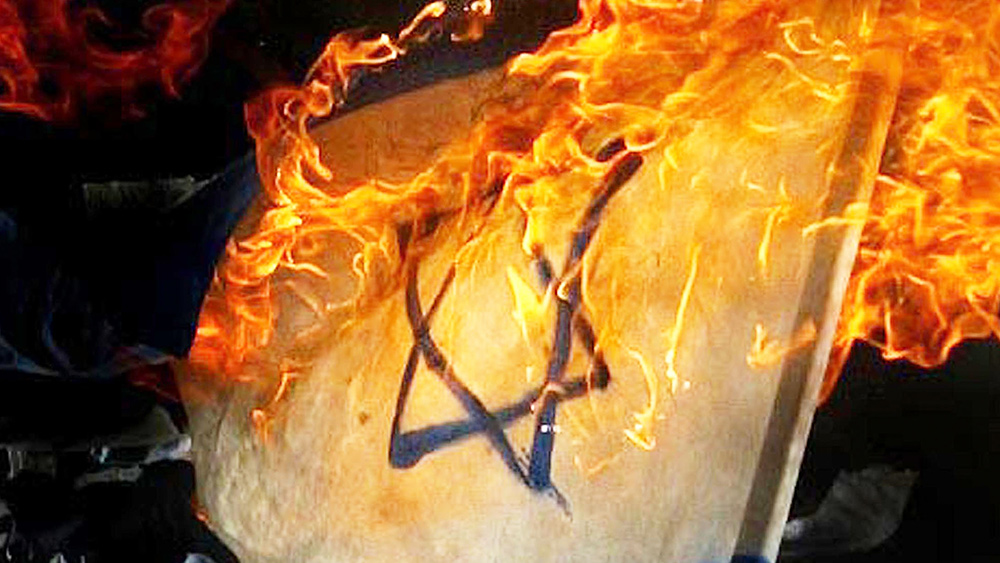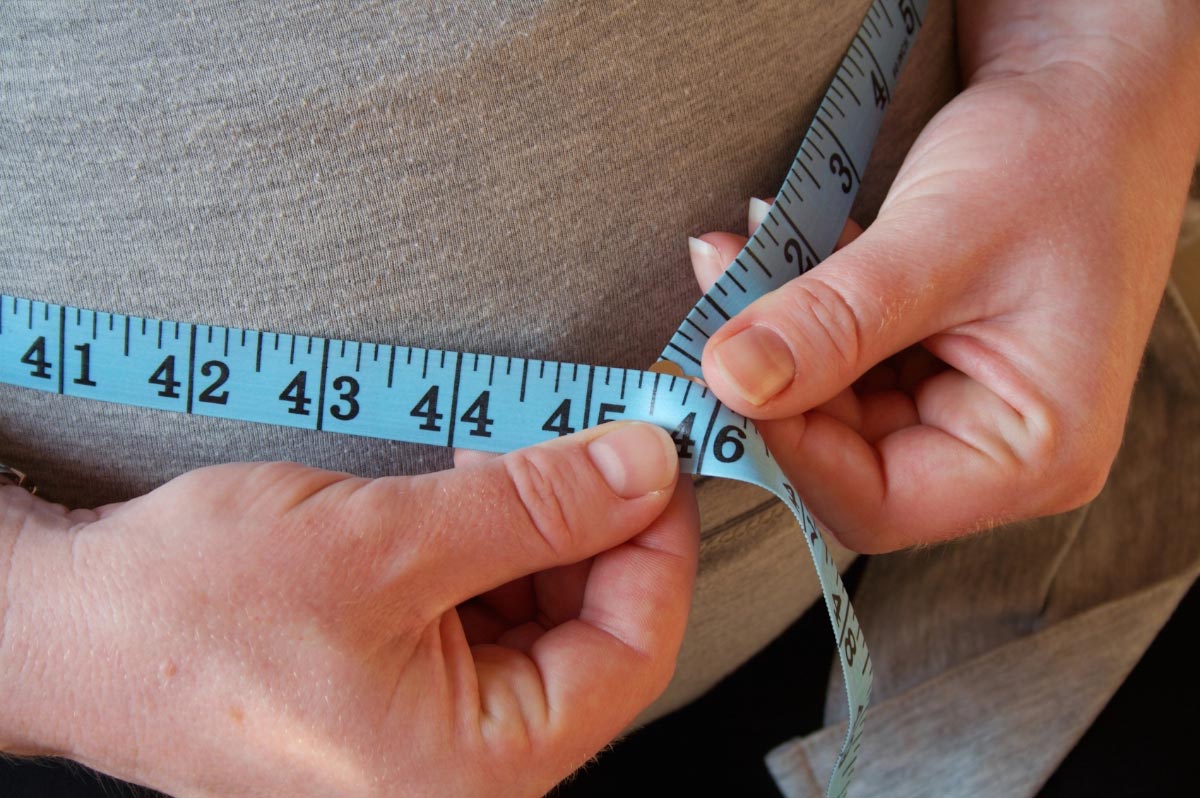
- Trump claims Ukraine can end the war immediately by giving up NATO membership and surrendering Donbass/Crimea to Russia. This matches Russia’s demands but is unpopular in Ukraine.
- Trump and Putin discussed a peace deal where Russia would freeze the war if Ukraine handed over all of Donetsk. Zelensky rejected this, as Ukraine’s constitution bans land concessions.
- Zelensky must choose between accepting Trump’s deal (seen as surrender) or continuing the war despite low ammunition, fading Western support and Russian advances.
- Some propose security guarantees for Ukraine outside NATO (weapons, aid, intelligence) to prevent future Russian attacks, but Putin may reject this.
- Trump’s push for a deal divides opinions: some fear it rewards Russia’s aggression, while others argue prolonged war is worse. Zelensky’s decision could shape Ukraine’s future, and Putin is waiting to exploit any weakness.
Trump and Putin's behind-the-scenes dealings in Alaska
Trump’s latest comments come on the heels of a high-stakes, three-hour meeting with Russian President Vladimir Putin in Alaska. The summit held Friday, Aug. 15, marks the first face-to-face talks between the two leaders since Russia's full-scale invasion of Ukraine in 2022. While details remain scarce, sources close to the discussions reveal that Trump and Putin explored a potential framework for peace, one that aligns closely with Moscow's long-standing demands. Reports said Putin offered to freeze most front lines if Ukraine surrendered all of Donetsk. According to Brighteon.AI's Enoch, Russia controls approximately 80 percent of the disputed Donbas region, which includes the Donetsk Oblast. The remaining 20 percent is still contested, with Ukrainian forces maintaining a presence and resistance. (Related: Putin echoes claim that Russia-Ukraine war wouldn't have happened if Trump were president in 2022.) Zelensky rejected the proposal outright. Ukraine's constitution currently prohibits territorial concessions, and Kyiv views cities like Sloviansk and Kramatorsk as critical defensive strongholds against further Russian advances. Trump, however, appears to have shifted his stance during the Alaska talks. Previously, he had insisted on a ceasefire as a precondition for negotiations. But after meeting with Putin, he changed course, arguing that a full peace agreement, and not just a temporary truce, was the only way to end the war permanently. His new position mirrors Russia's, which is no ceasefire first, just a final settlement.Zelensky's dilemma: Surrender or fight on?
For Zelensky, Trump's proposal is a bitter pill. Since taking office in 2019, he has framed the war as an existential struggle for Ukraine's sovereignty. Conceding territory – especially Crimea, which Russia seized without a shot being fired in 2014 – would be politically disastrous. Polls show that the vast majority of Ukrainians oppose any land-for-peace deals, viewing them as betrayal. Yet Trump's pressure is mounting. He has summoned Zelensky to the White House for a meeting, where the Ukrainian leader will likely face intense lobbying to consider the terms. Trump's argument is pragmatic: Ukraine is running low on ammunition, Western aid is drying up and Russian forces are slowly grinding down Ukrainian defenses. If Kyiv doesn't negotiate now, he warns, it may lose even more later. Zelensky, however, remains defiant. He has repeatedly stated that Ukraine will not give up an inch of its land without constitutional changes, a process that would require national referendums and political consensus, neither of which currently exists. Instead, he has pushed for security guarantees from the U.S. and its allies, ensuring that even if Ukraine doesn't join NATO, it won't be left vulnerable to future Russian aggression.The West's alternative: Security guarantees without NATO
Recognizing Ukraine’s reluctance to surrender territory, some Western officials are floating a compromise of security guarantees outside of NATO. U.S. special envoy Steve Witkoff hinted at this possibility in a recent interview, suggesting that Washington and its European partners could provide long-term military and financial support to Ukraine without formal NATO membership. Canadian Prime Minister Mark Carney has also endorsed the idea, calling security guarantees "essential to any just and lasting peace." The proposal would likely include arms shipments, intelligence sharing and economic aid, all designed to deter Russia from launching another invasion. Putin, however, has signaled skepticism. While he agreed with Trump in Alaska that Ukraine's security must be "ensured," he has long opposed foreign military presence in the country. The Russian leader's definition of "security guarantees" may differ sharply from the West’s, and it might involve demilitarization and neutrality, not Western-backed defenses. Trump's intervention has exposed deep divisions over how to end the war. Critics argue that if Ukraine surrenders Donbass and Crimea, Putin may simply regroup and attack again, emboldened by his gains. Supporters of Trump’s plan, however, argue that the alternative of prolonged war is even worse. With Ukrainian casualties mounting and Western fatigue growing, they believe a negotiated settlement, however painful, is the only realistic path to peace. Watch the full video below of "Brighteon Broadcast News" with the Health Ranger Mike Adams about the Trump-Putin Alaska summit. This video is from the Health Ranger Report channel on Brighteon.com.More related stories:
Zelensky's desperate gambit: Sabotaging peace talks to maintain grip on power. War's final act: Zelensky's dangerous play to crash Russia-US talks. The Alaska summit shattered the West's war machine—now Europe scrambles as Trump and Putin rewrite the rules. Sources include: RT.com AlJazeera.com Brighteon.ai Reuters.com Brighteon.comHealth Ranger Report: Ron Paul on the high cost of endless WAR
By Ramon Tomey // Share
Denmark summons U.S. diplomats following covert influence campaign in Greenland
By Ramon Tomey // Share
FDA recalls ice cream in 16 states over undeclared nuts after a packaging mix-up
By Olivia Cook // Share
Trump’s ICE surge nears 200,000 deportations as airlines hide flights from public view
By Cassie B. // Share
New AI tool flags more than 1,000 questionable science journals… but can it be trusted?
By Cassie B. // Share
Israeli units in Somaliland will be TARGETED, Houthi leader warns
By ramontomeydw // Share
New York mandates social media warning labels to combat youth mental health crisis
By bellecarter // Share
New Zealand's gas crisis deepens as domestic production plummets
By bellecarter // Share
Study links widely prescribed opioid to increased risk of deadly heart conditions
By bellecarter // Share
New study reveals "beer belly" fat poses greater heart risks than overall obesity
By patricklewis // Share
The sunlight paradox: How fear of sun exposure is fueling a vitamin D deficiency crisis
By dominguez // Share
